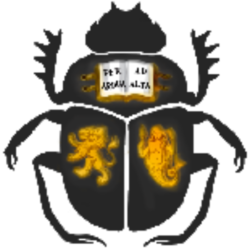We are pleased to announce the publication of a new article by Ian Mladjov:
The Transition between the Twentieth and Twenty-First Dynasties Revisited
Abstract
Jansen-Winkeln’s argument for reversing the hitherto established order of the High Priests of Amun at the end of the Twentieth Dynasty has become almost universally accepted, but still presents some complications. Leaving aside the complexities of the royal and high priestly genealogy, this article attempts to find a solution for what is perhaps the most problematic aspect of Jansen-Winkeln’s placement of Herihor after Piankh. This is the notion that the datelines from the period reference the regnal years of High Priests of Amun (who had not yet assumed royal titles) rather than the regnal years of kings. To avoid this problem, we must assume a chronologically possible short reign between those of Ramesses XI and Smendes, corresponding to a period when neither Herihor nor Smendes were yet kings. The article disproves Thijs’ identification of such an intervening king with Khakheperre Pinudjem, considers alternative solutions by Dodson and Krauss, and posits a short-lived additional Ramesside king to be interpolated between Ramesses XI and Smendes. This Ramesses XII is possibly to be identified with a king attested on a Wadi Hammamat graffito, who can be shown to be distinct from Ramesses II, with whom he has long been identified in error, and to belong to the late Twentieth Dynasty. Although inevitably based on partly circumstantial evidence, the resulting arrangement keeps the overall chronological framework intact, while resolving a significant problem with Jansen-Winkeln’s popular thesis.
